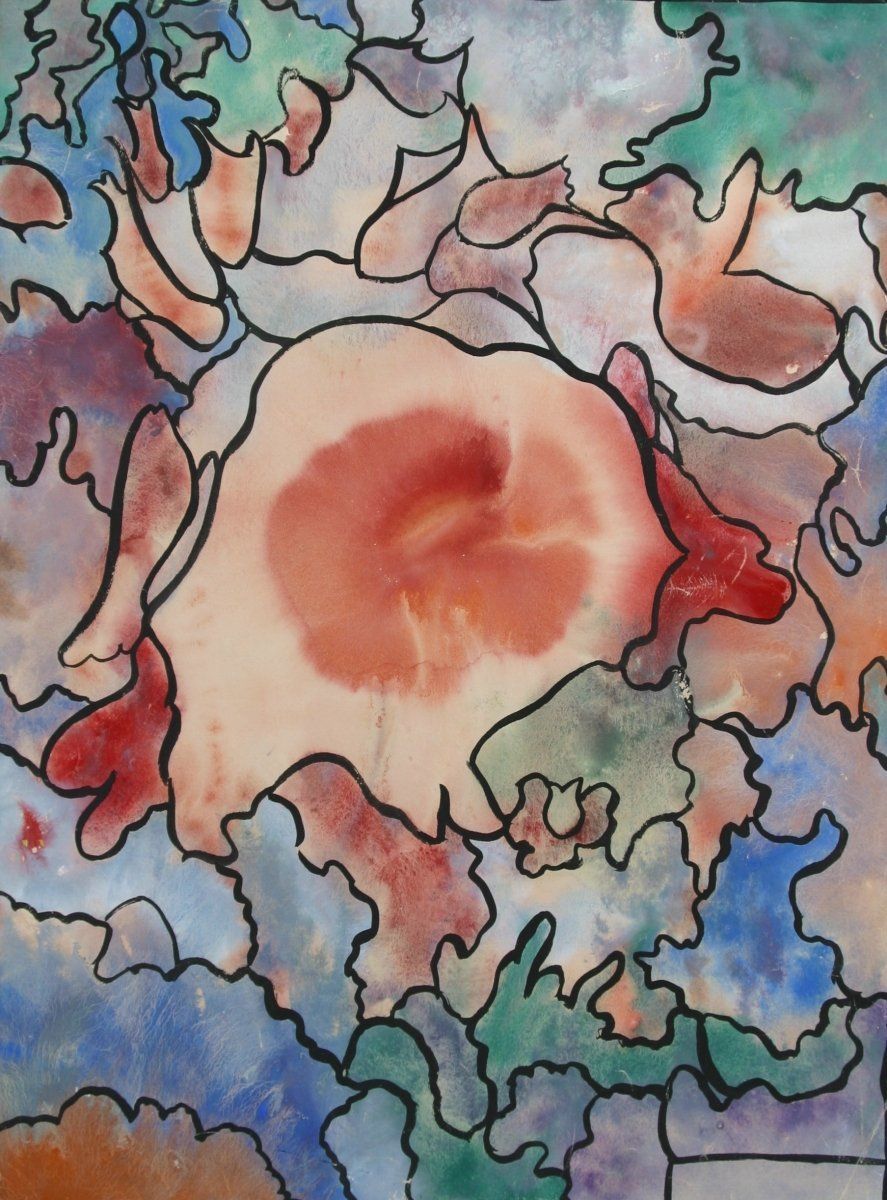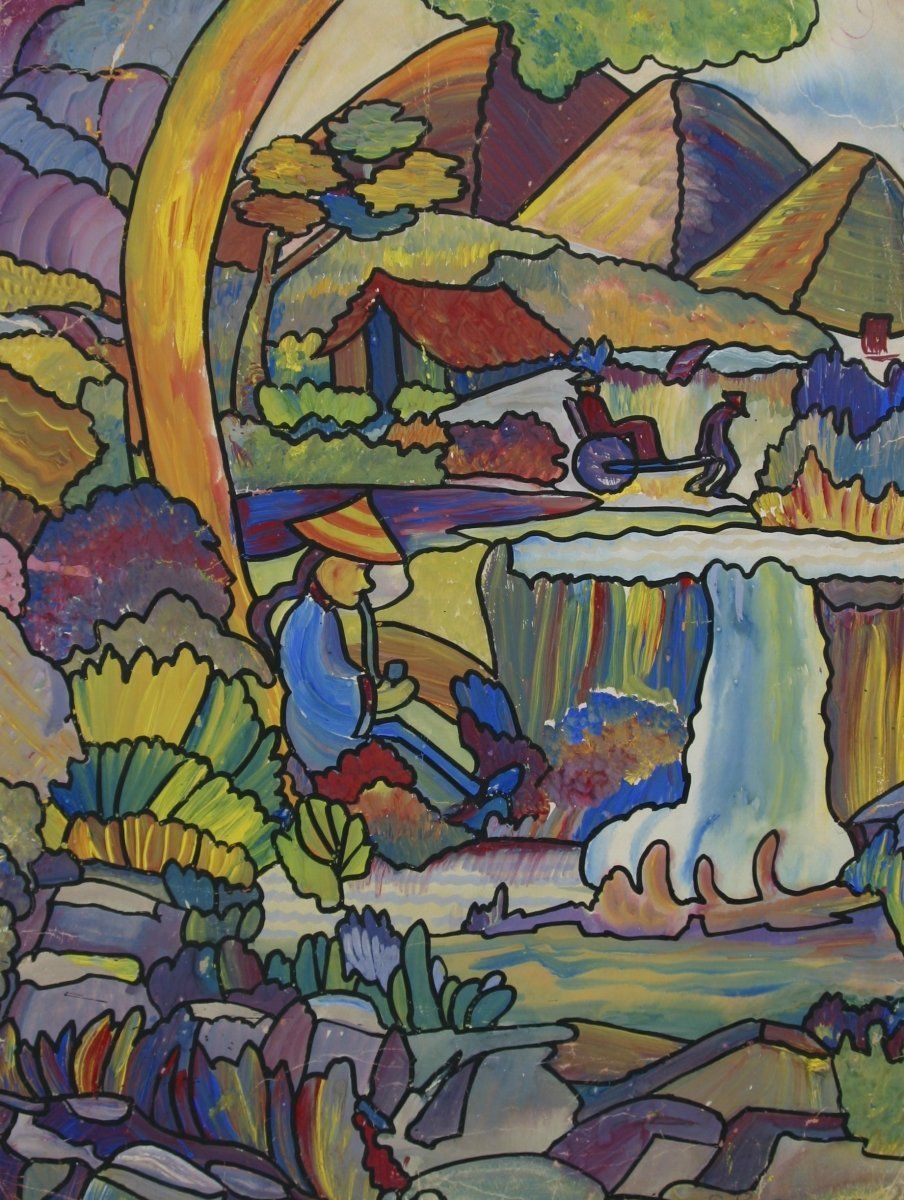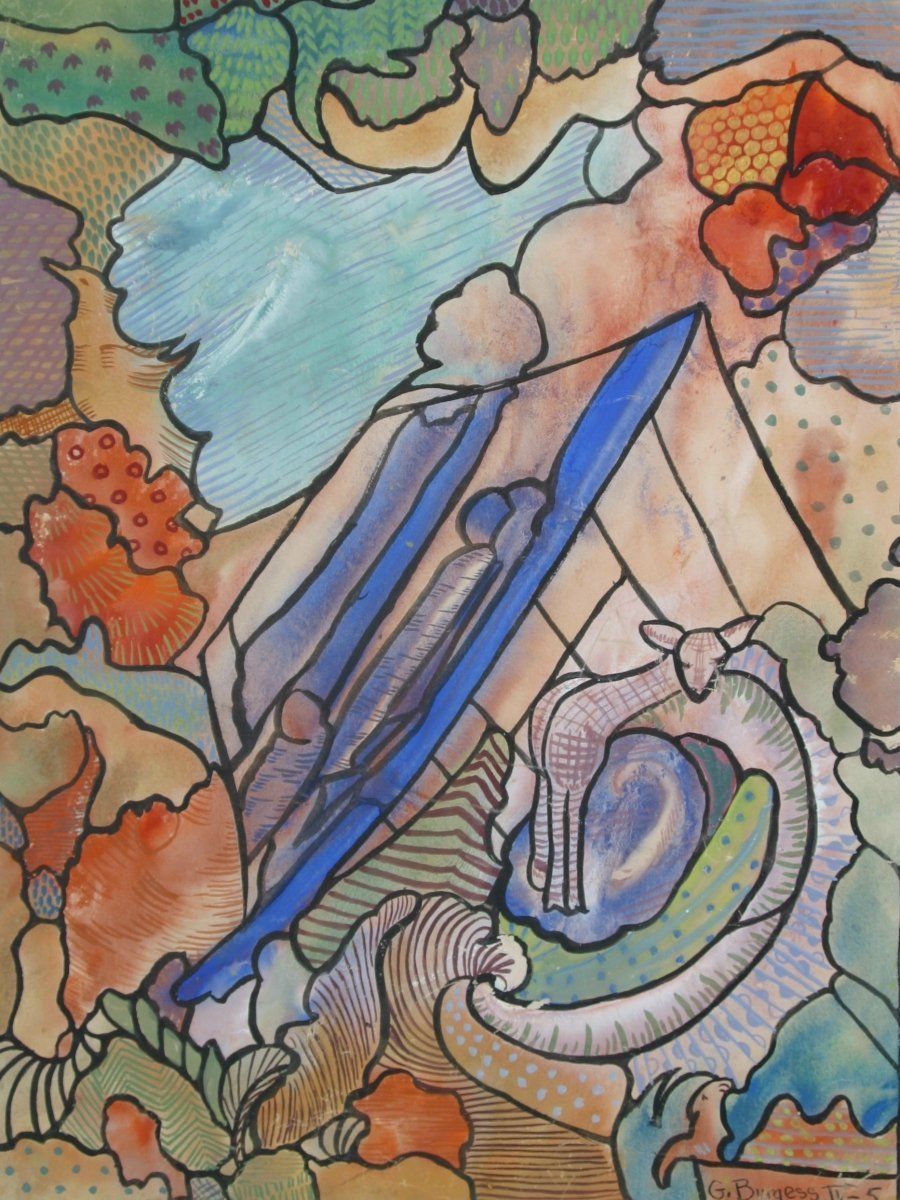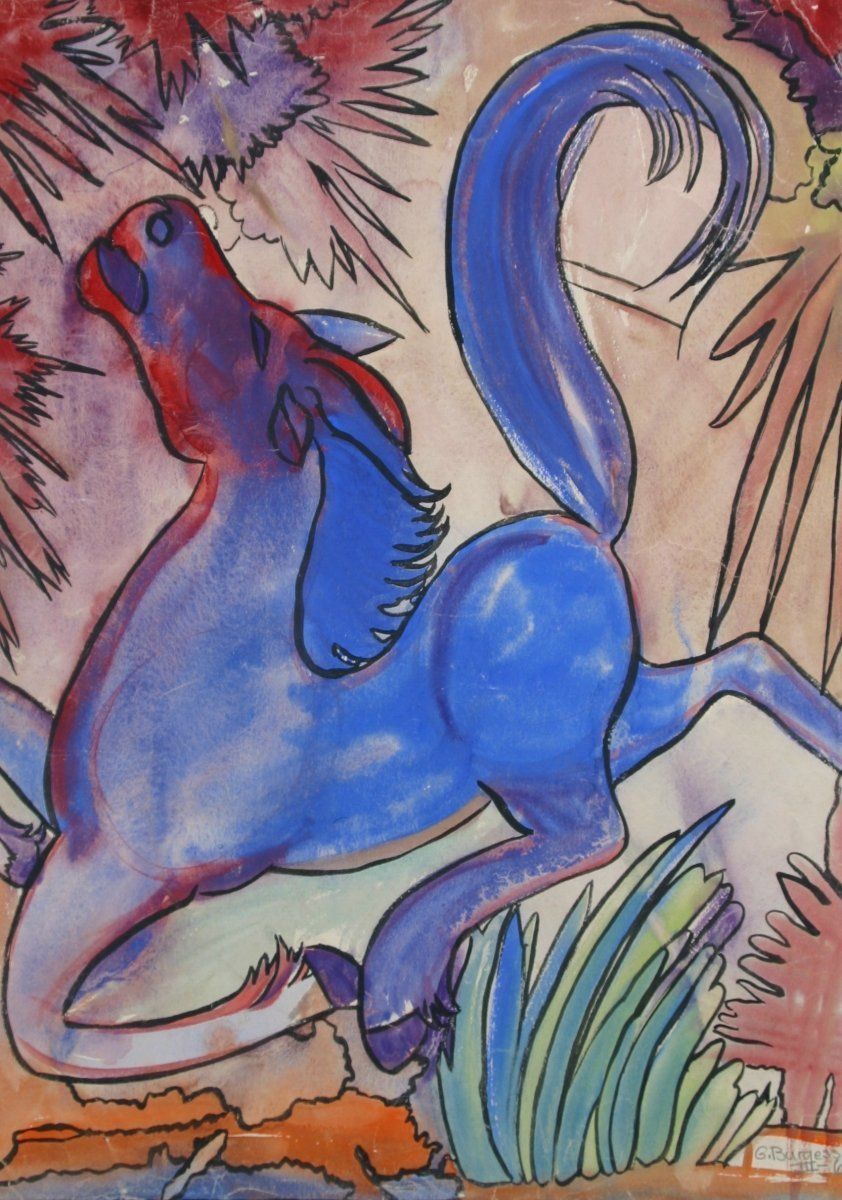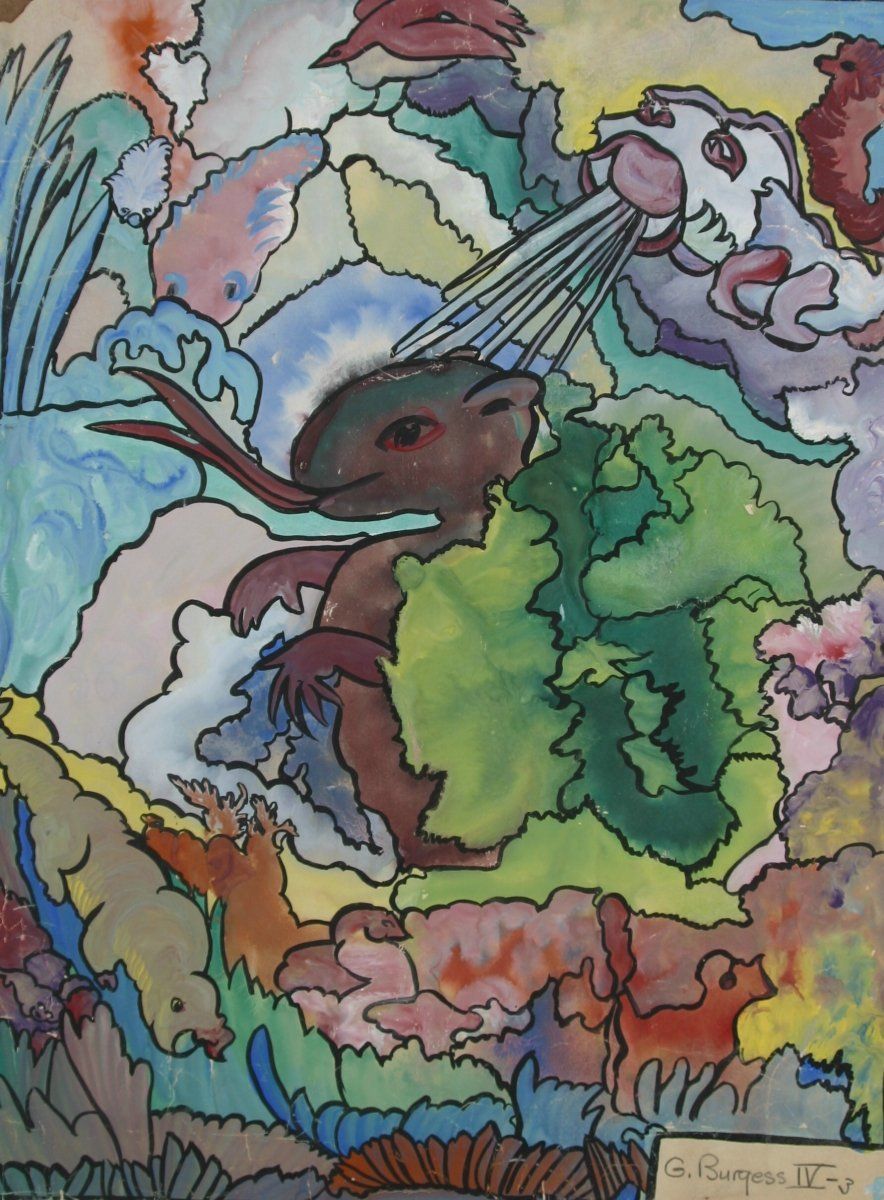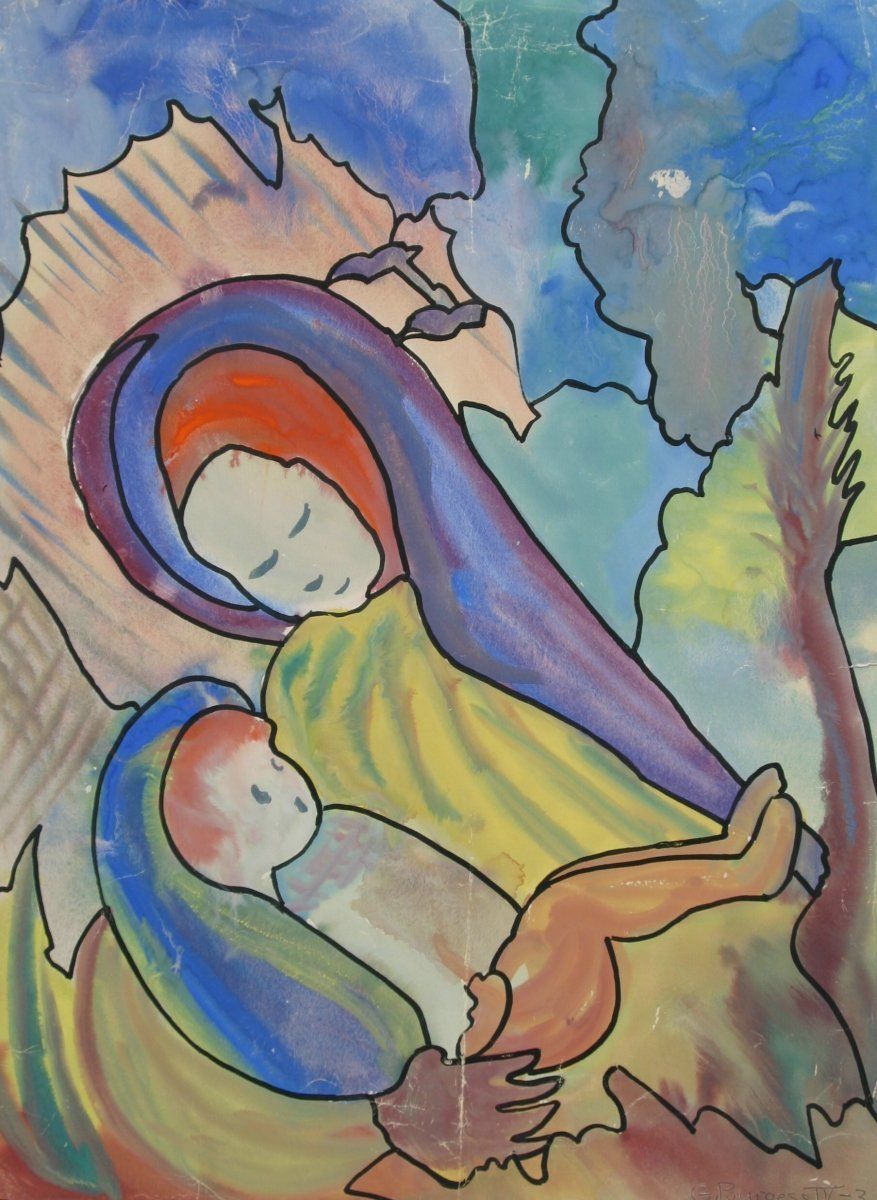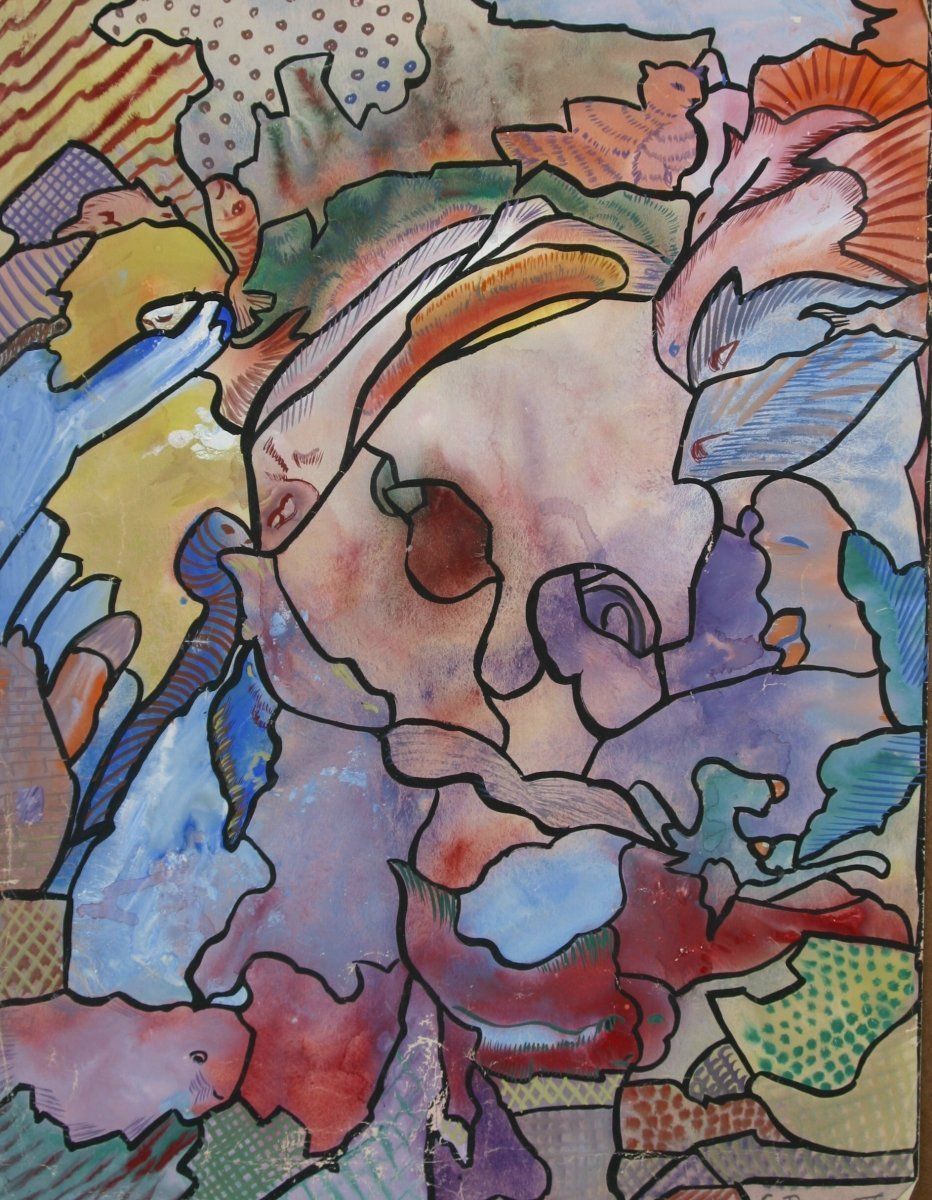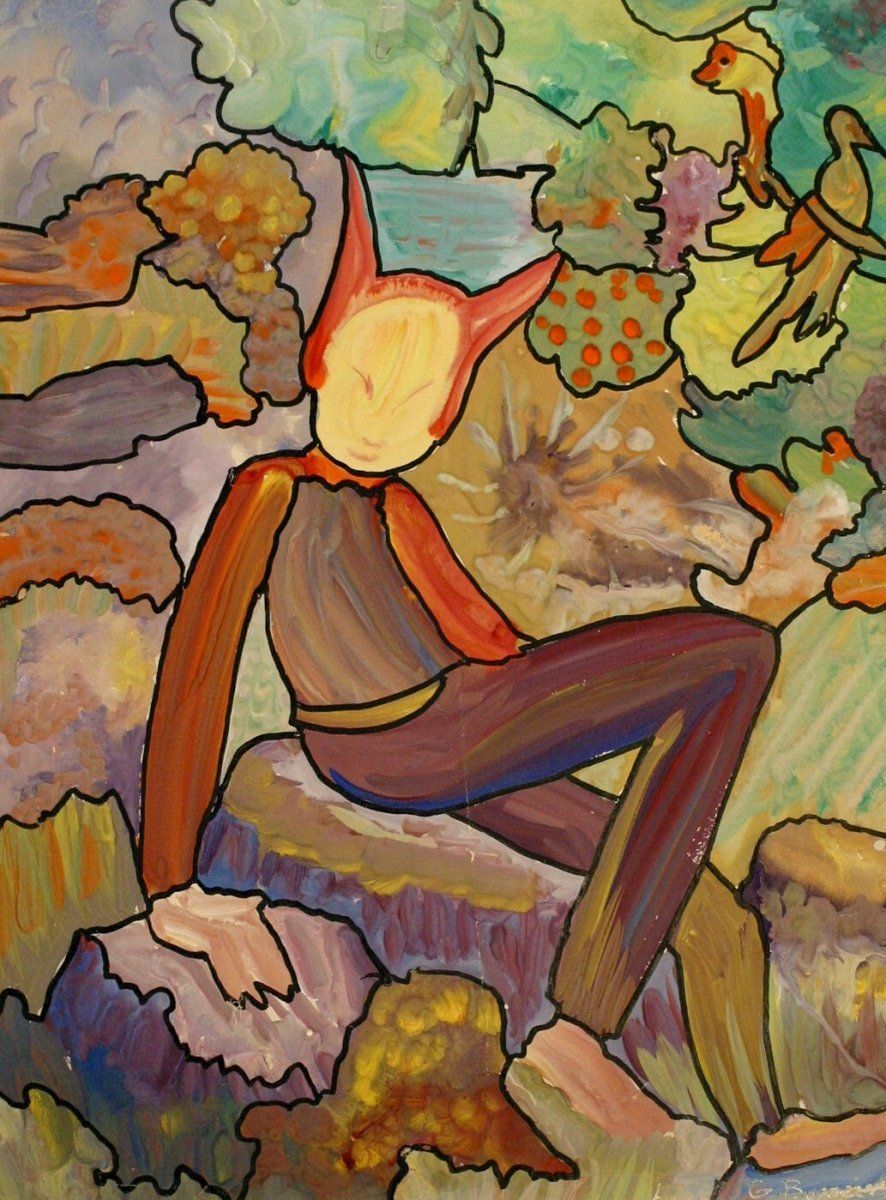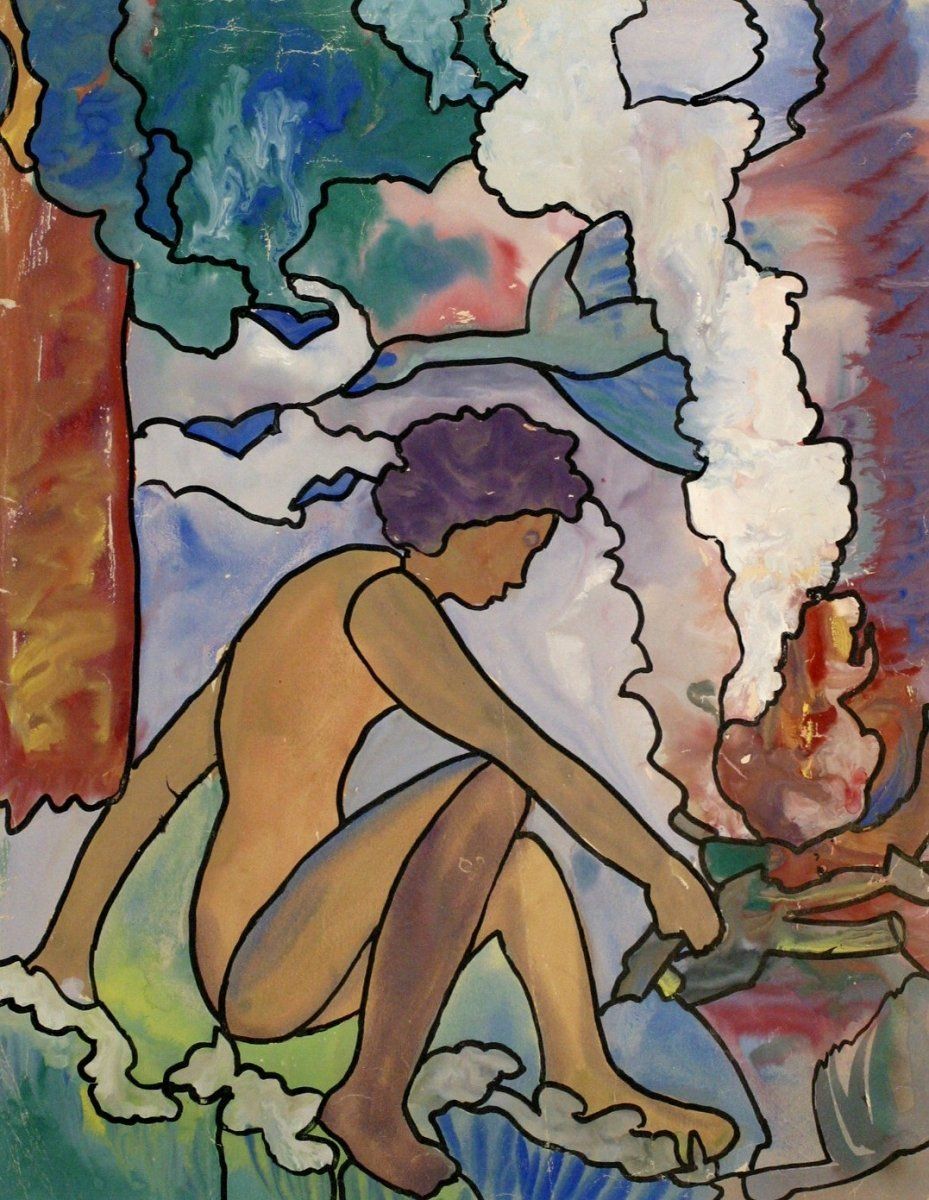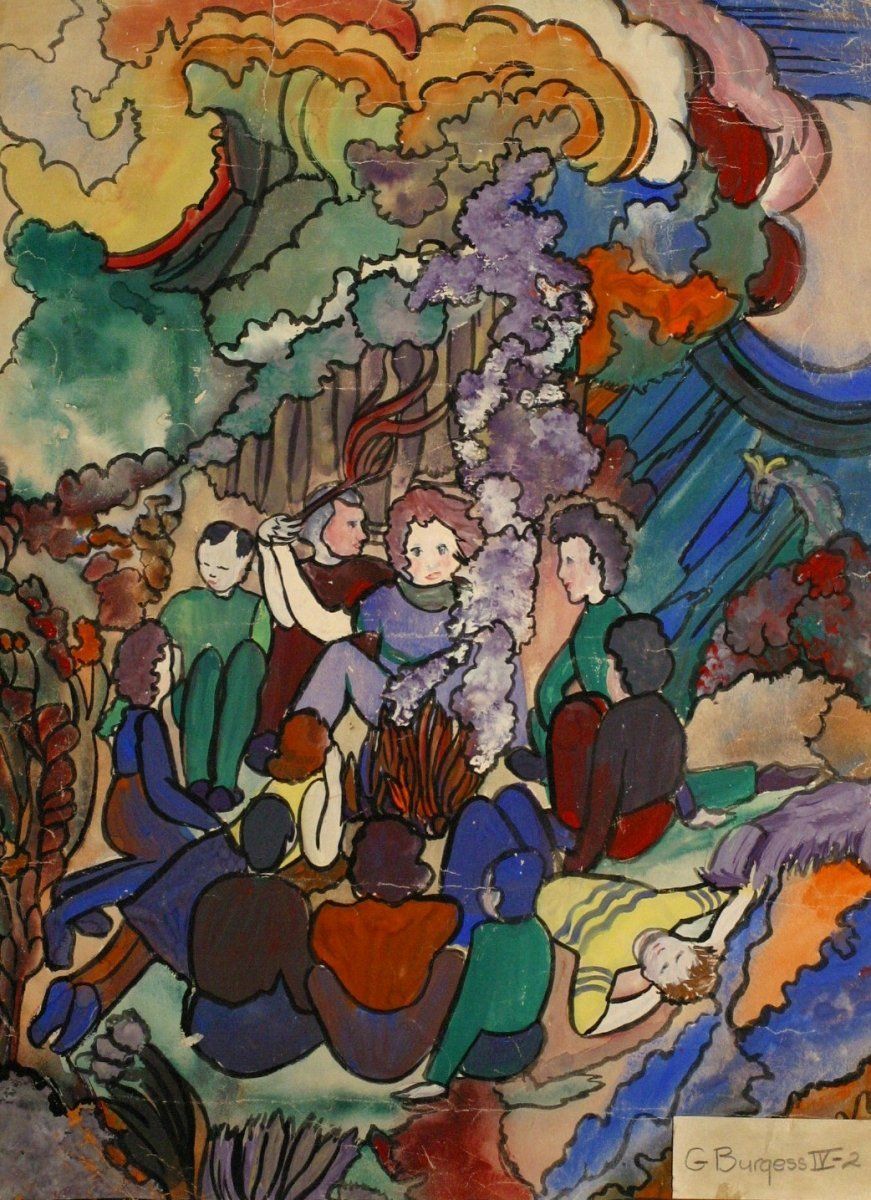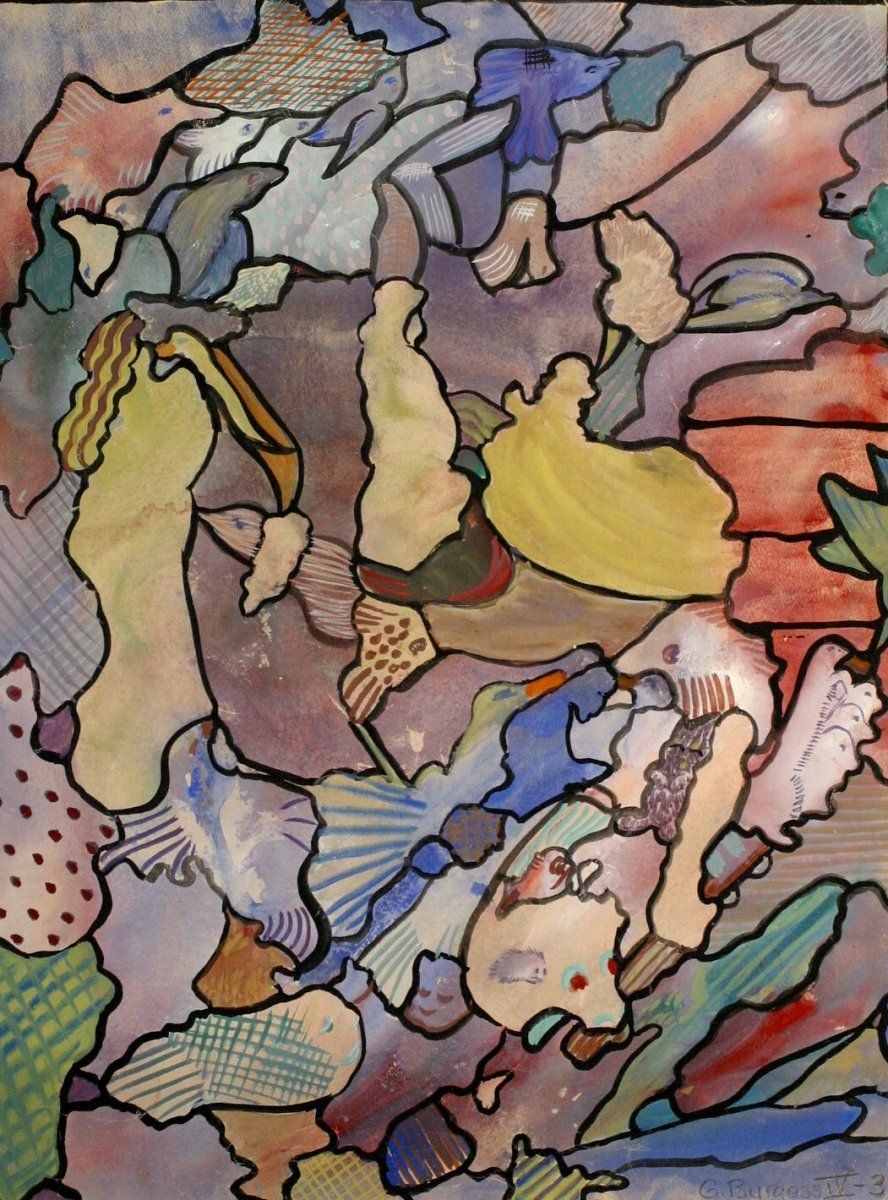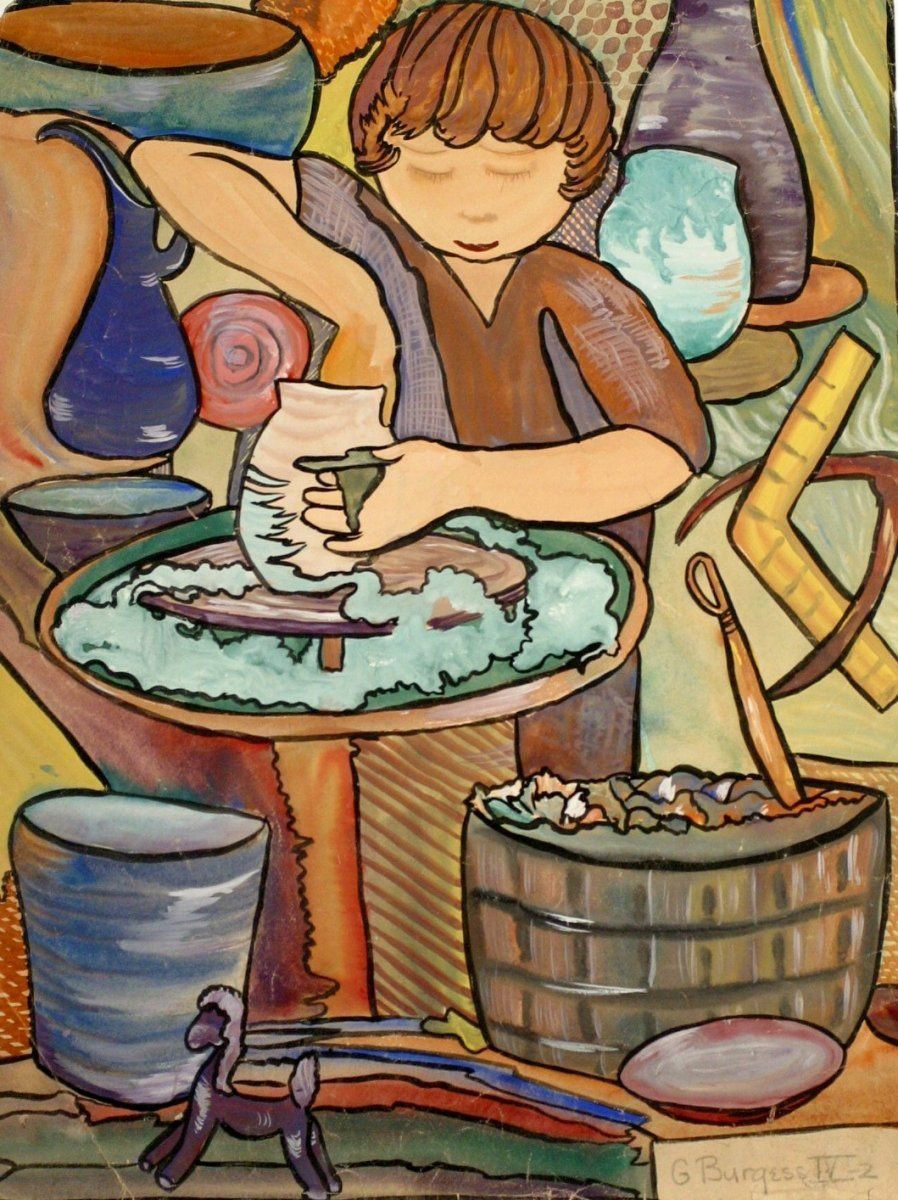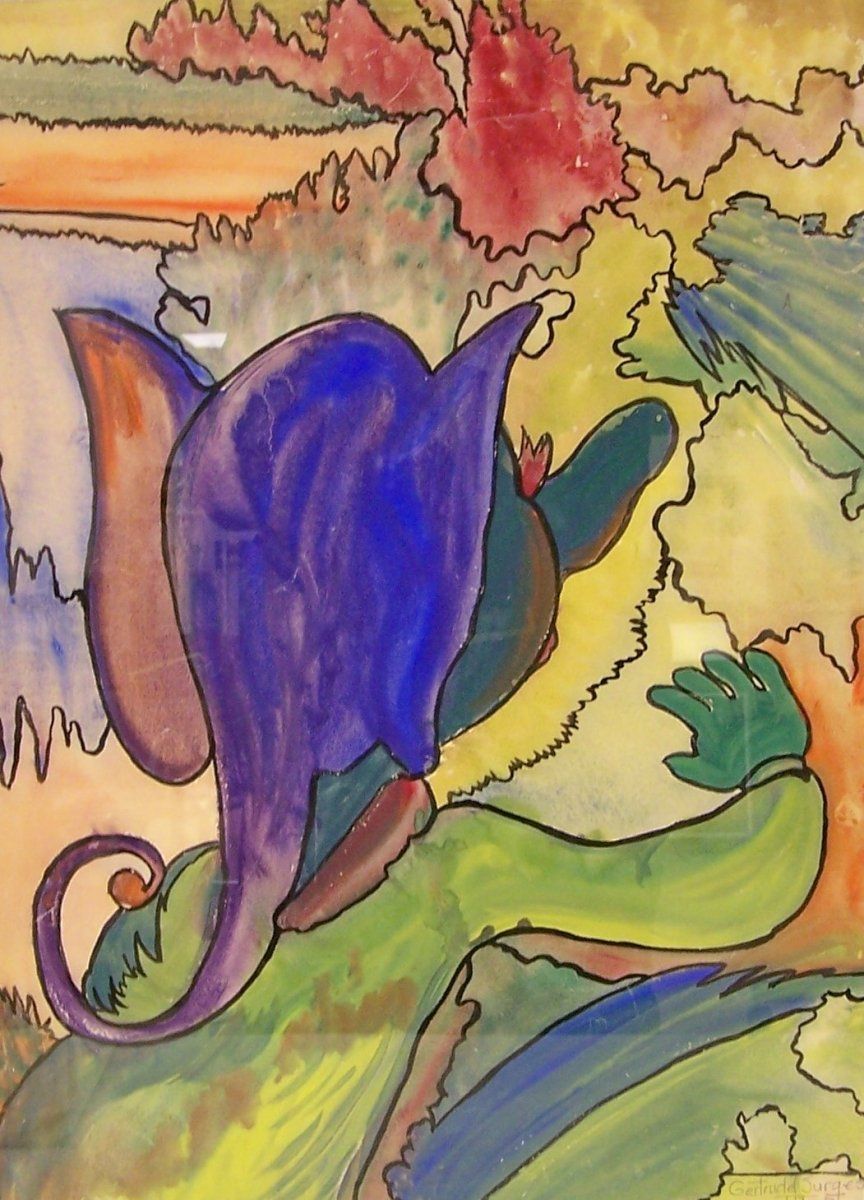Burgess, Gelett
Burgess, Gelett
Burgess, Gelett
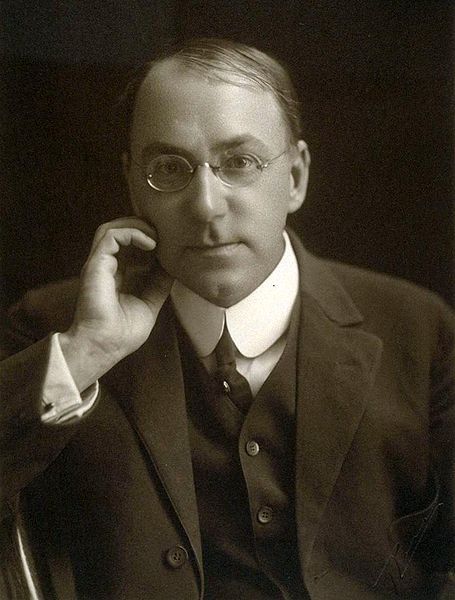
Frank Gelett Burgess
(January 30, 1866 – September 18, 1951) was an artist, art critic, poet, author and humorist. An important figure in the bay area of San Francisco he was responsible for a literary renaissance in the 1890s, particularly through his iconoclastic little magazine, The Lark. He is best known as a writer of whimsical verses such as “The Purple Cow”, and for introducing the modern art of France to the United States for the first time in an essay titled “The Wild Men of Paris”.
Early Life: Burgess was born in Boston and was “raised among staid, conservative New England gentry and attended MIT graduating with a B.S. in 1887. After graduation, Burgess fled conservative Boston for the more bohemian life in San Francisco, where he took a job working as a draftsman. In 1891, he was hired by Berkeley as a professor of topographical drawing.
The Lark and its descendants
When Burgess departed Berkeley it became an opportunity to reconsider his professional aspirations. With a group of like-minded associates, he founded a humorous little magazine entitled The Lark in 1895.
“I never saw a purple cow
I never hope to see one;
But I can tell you, anyhow,
I’d rather see than be one!
“Purple Cow” (the full title was “The Purple Cow: Reflections on a Mythic Beast Who’s Quite Remarkable, at Least”), was an illustrated four-line poem, shown above, and Burgess would spend his life unsuccessfully attempting to surpass this simple brilliant work. He moved to New York City and wrote several books and magazine articles for Colliers and others. His attempts to surpass the “Purple Cow” resulted in the fantastic illustrations for a child’s book that we share on our site for sale; however, these illustrations never made it into an actual book and his only successful children’s books were the “Goops” which were a number of stories about the adventures of baldheaded childlike creatures that had strange habits and mannerisms. The illustrations we offer were completed in the late 1930s. Towards the end of his life he returned to California where he died in Carmel by the Sea in 1951.

